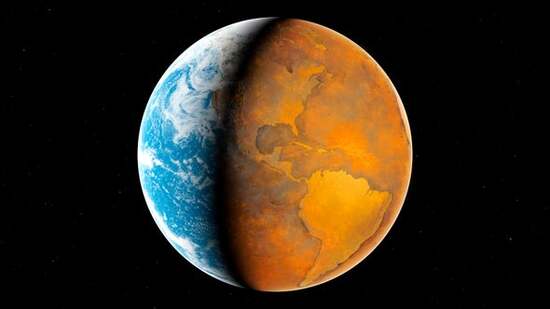South America and Australia receive the most direct effects of the El Niňo/Southern Oscillation (ENSO) cycle, but especially South America, all of which is affected, including economically. The harder question to answer–there is no strong consensus right now–is what relationship climate change has with alternations between El Niňo and La Niňa.
El Niňo (left) vs La Niňa (right)
El Niňo leads to warmer, moister air crossing the Pacific from the west, especially since the easterly trade winds don’t hold them back, leading to greater precipitation in Ecuador, Peru, Chile and Argentina: rain at lower elevations, snow at the higher. Meanwhile, Central America and the Amazon basin are comparatively dry and at greater risk of forest fires. The converse is true in La Niňa years: the west coast is dry and the northeastern region tends to be wetter than average. Peru and Chile have thriving ski tourist industries, so El Niňo years are welcome to that segment of the economy.
El Niňo and La Niňa
These are in addition to the well-known effect on Colombia's, Ecuador’s, Peru’s and Chile’s fisheries: warm, nutrient-low El Niňo water from the western Pacific depresses coastal fish populations and ruins the catch, while cold La Niňa water upwelled from below leads to fish population booms. The ENSO cycle can be found in climate proxy records for the past several thousand years, so it has been a known, if not understood, feature of life for South American inhabitants virtually since their arrival.
Effects of ENSO on weather, plus the Southern Oscillation Index.
Looking for connections between ENSO and global warming has received significant attention from climate scientists in recent years. There is no clear and obvious pattern, either in frequency or duration of either mode. However, there does seem to be a clear pattern of increasing severity of positive Southern Oscillation cycles–the El Niňo portion–over the past century. Less obviously is a small increase in the overall length of time in recent decades spent in the negative, La Niňa mode. Overall sea surface and subsurface temperatures in the west Pacific have been rising in recent decades, which might be an important factor in the growing strength of El Niňo episodes.
Global Ocean Heat Content, 1960 - 2018.
An explanation for the less obvious La Niňa phenomenon is much harder to be sure of. It’s estimated that the increased wind circulation drives 30% more heat into intermediate and lower depths in the Pacific during La Niňa years. Deeper, cooler water upwelled in the east must be replaced by warmer water downwelling in the west. An increasingly warm atmosphere, with increased dynamic energy of its own, might well lead to increased vertical circulation and deeper storage of warm water in the Pacific. Global oceanic heat content has risen dramatically in recent decades. 90% of excess heat due to global warming is thought to be stored in the ocean, and La Niňa phases of ENSO might be a large component of that.
Tomorrow: introduction to Bolivia.
Be brave, and be well.



































.png)

















